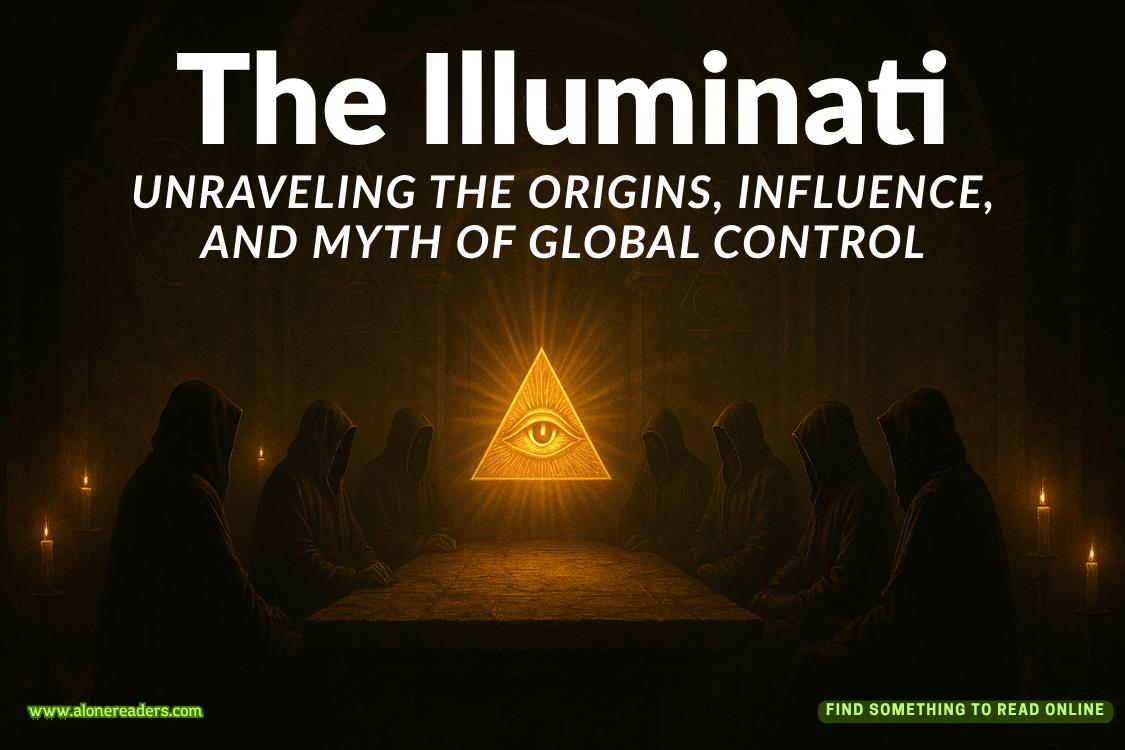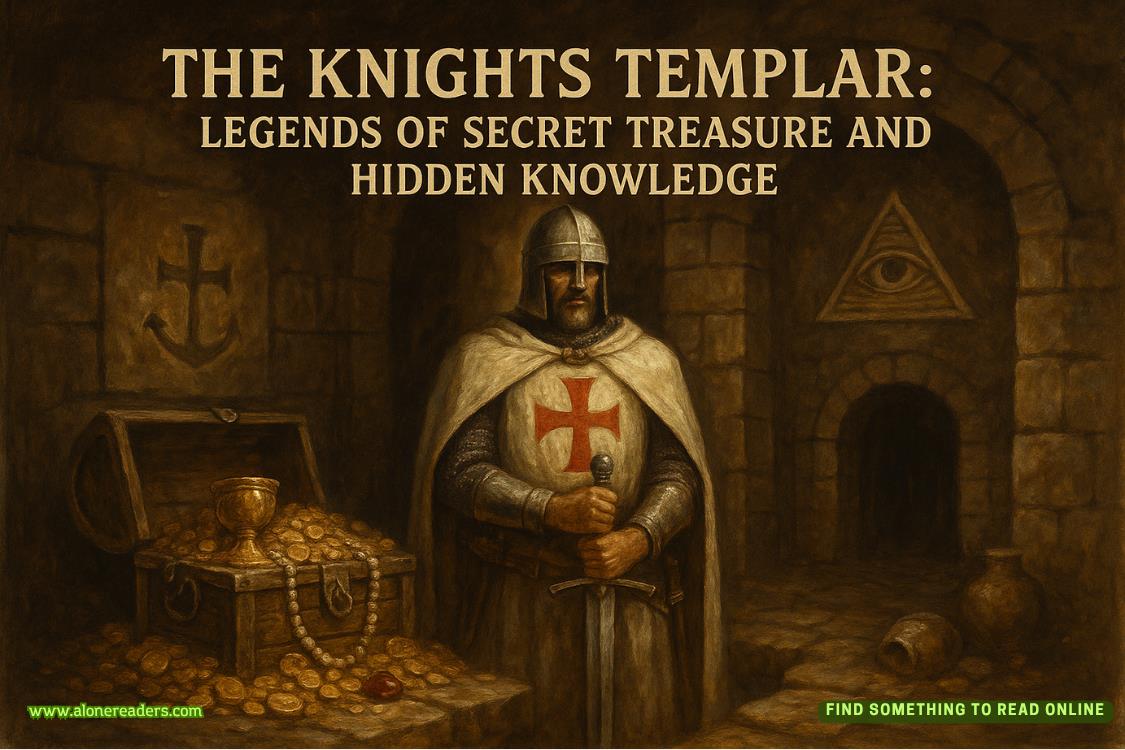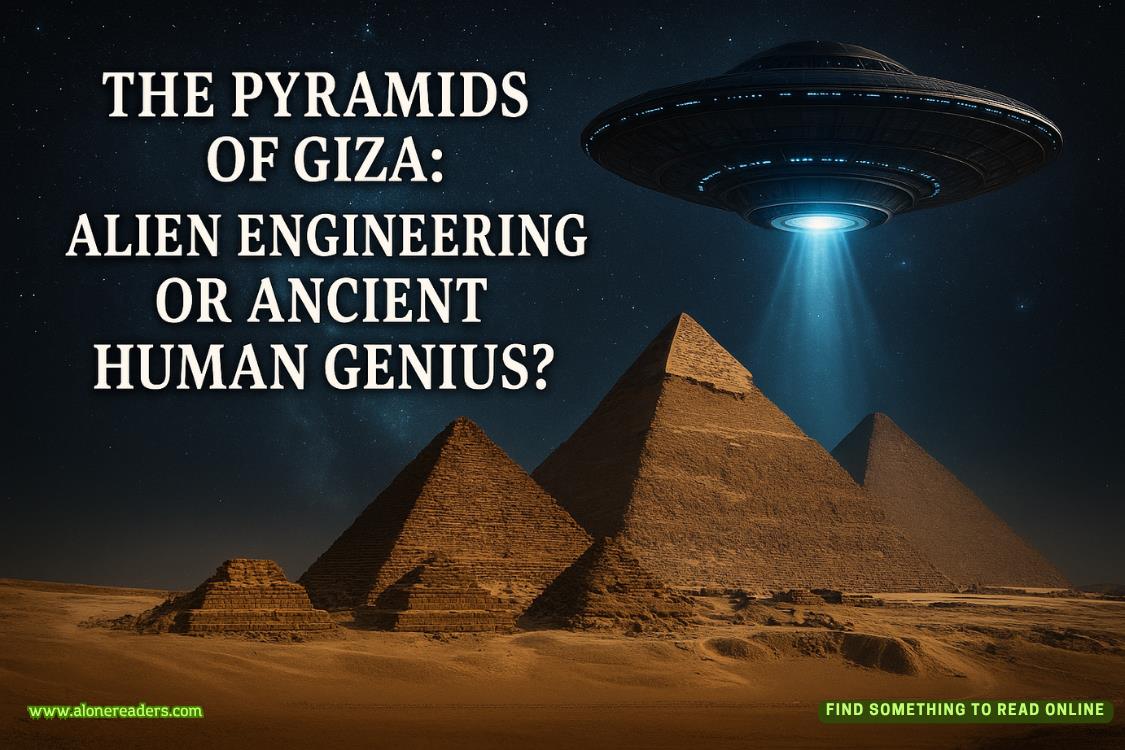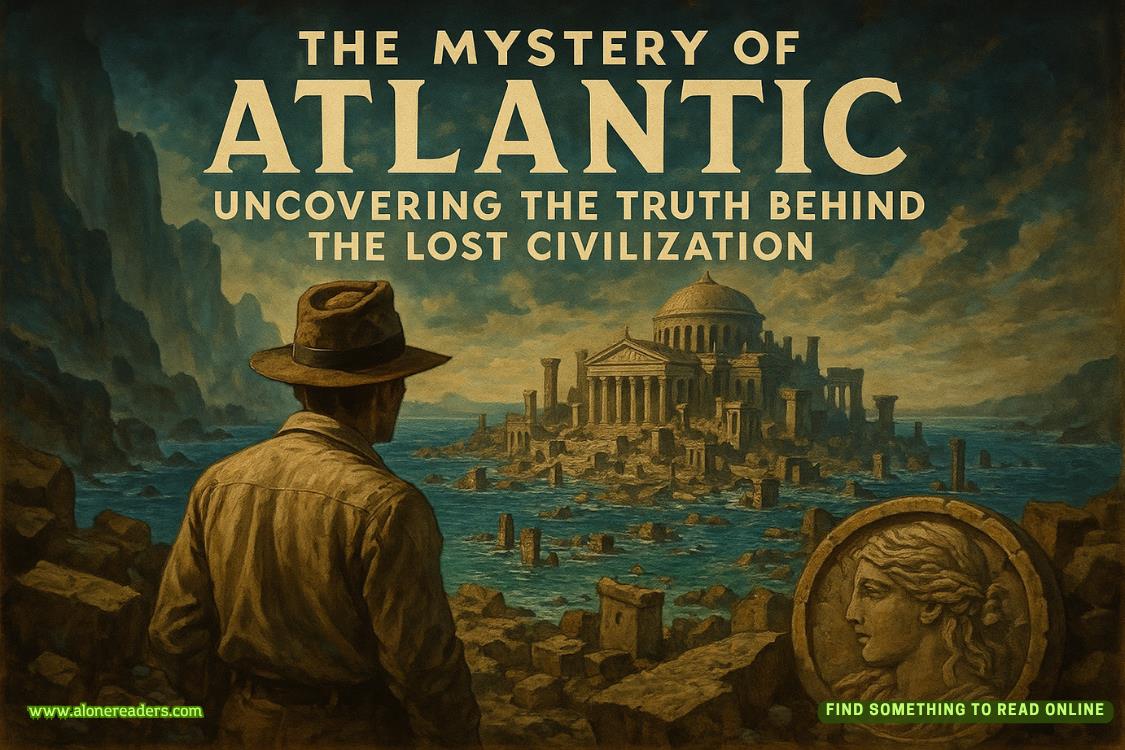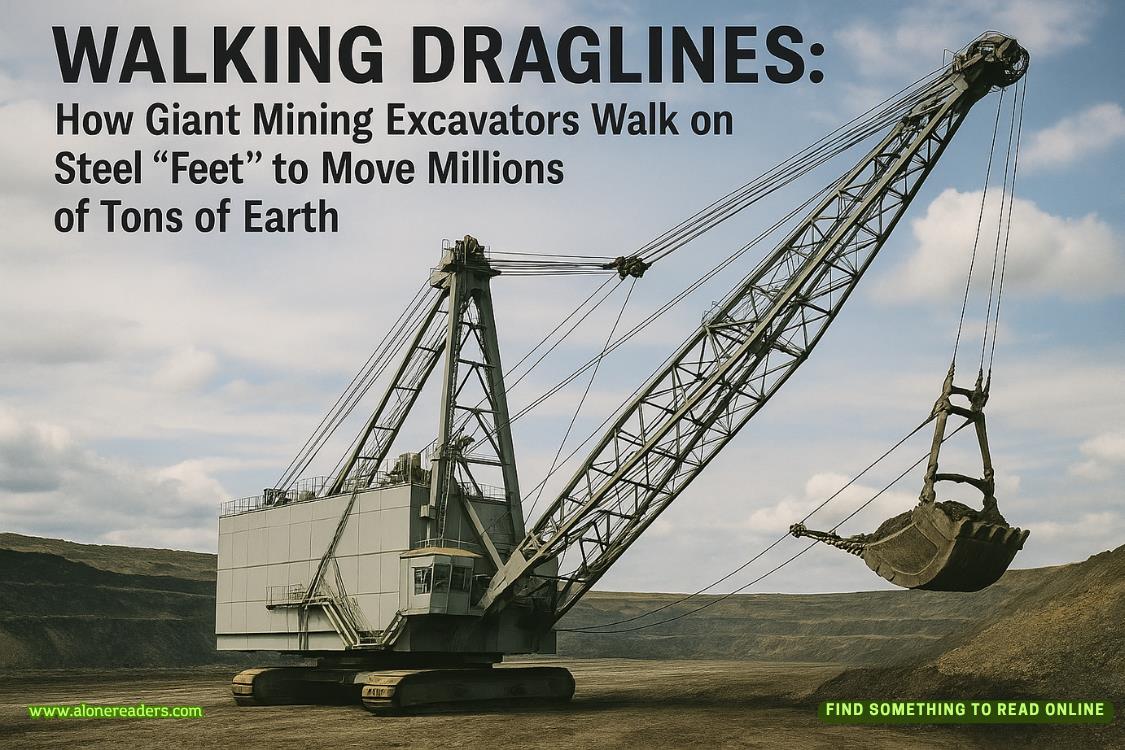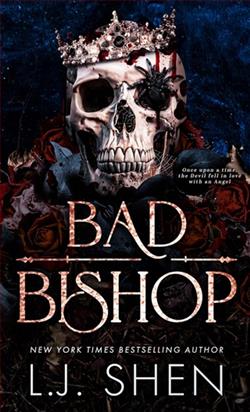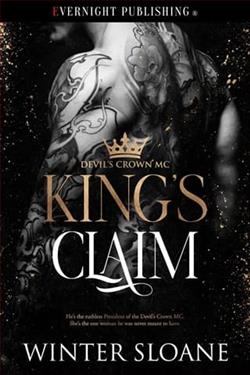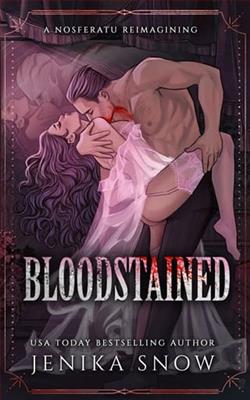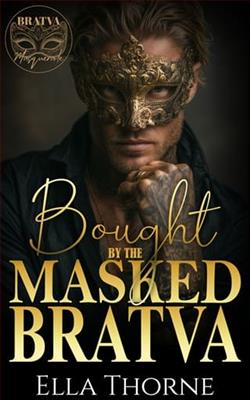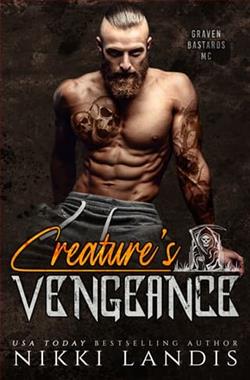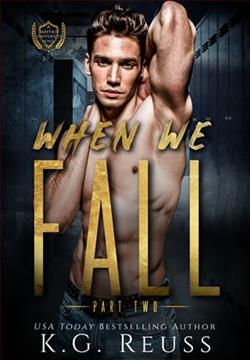Page 105 of The Pearl Sister
‘Well, why don’t me and Cee take a look around the place?’ suggested Chrissie. ‘Maybe you could have a think. D’you have archives here?’
‘We have ledgers of every baby that was born here or brought to us at the mission. And a crate load of black an’ white pictures like that.’ The man pointed to my photo. ‘It would take me days ta go through them, though.’
‘No pressure, mister. We’ll just go take a look around.’ Chrissie shepherded me past a postcard stack and a fridge full of cold drinks to the sign that proclaimed the entrance to the museum. We walked down another dusty path and found ourselves out in a large open space, surrounded by what was a vague L-shape of white huts.
‘Right, let’s start in the chapel.’ Chrissie pointed to the building.
We wandered across the red earth and stepped inside the tiny chapel with rickety benches acting as pews, and a large picture of Christ on the cross hanging over the pulpit.
‘So, this guy called Carl Strehlow came to this mission to try to get the Aboriginals to turn to Christianity.’ Chrissie read the words on the information board out loud. ‘He arrived from Germany with his family in 1894. It started out just like a regular Christian mission, but then he and the next pastor became fascinated with the local Arrernte culture and traditions,’ Chrissie explained while I stared at rows of dark faces in the pictures, all dressed in white.
‘Who are the Arrernte?’
‘The local Aboriginal mob.’
‘Do they still live around here?’ I queried.
‘Yeah, in fact, it says that in 1982 the land was officially returned to them, so Hermannsburg now belongs to the traditional owners.’
‘That’s good, isn’t it?’
‘Yeah, it’s awesome. Come on, let’s go see the rest.’
A long building with a tin roof turned out to be a schoolhouse that still had words and pictures scrawled on the blackboard. ‘It also says here that no half-caste Aboriginal was ever brought here by force by the Protectorate. Everyone came and went of their own free will.’
‘But were they actually made to become Christians?’
‘It doesn’t exactly say that because they’d all have had to attend services and Bible readings, but apparently the pastors turned a blind eye if they wanted to celebrate their own culture.’
‘So actually, they believed – or pretended to – in two different religions?’
‘Yup. A bit like me,’ grinned Chrissie. ‘And all the rest of our mob in Oz. Come on, let’s go and have a sticky-beak at Namatjira’s hut.’
The hut comprised of a few basic concrete rooms, and I recognised Namatjira’s face in a picture on the mantelpiece. He was a big man with strong, heavy features, grinning and squinting in the sun, standing next to a demure woman in a headscarf.
‘“Albert and Rosie”,’ I read. ‘Who was Rosie?’
‘His wife. Her given name was Rubina. They had nine children, although four of them died before Albert did.’
‘I can’t believe they needed a fire in this heat,’ I said, pointing at the fireplace in the photo.
‘Trust me, it gets pretty cold at night in the Never Never.’
A painting on the wall caught my eye and I went to study it.
‘Is this by Namatjira himself?’ I asked Chrissie.
‘It says it is, yeah.’
I stared at it, fascinated, for, rather than looking like a typical Aboriginal painting, this was a beautifully formed watercolour landscape with a white ghost gum tree to one side of it, then gorgeously soft colours depicting a vista that was backed by the purple MacDonnell Ranges. It reminded me of an impressionist painting and I wondered how and where this man who had grown up in the middle of nowhere – Aboriginal by birth, Christian in life – had found his particular style.
‘Not what you were expecting?’ Chrissie stood next to me.
‘No, because most of the Aboriginal art we saw in town was traditional dot paintings.’
‘Namatjira was taught by a white painter called Rex Battarbee, who was influenced by the Impressionists and came out here to paint the scenery. Albert learnt how to paint watercolours from him.’
‘Wow, I’m impressed. You know your stuff, don’t you?’
